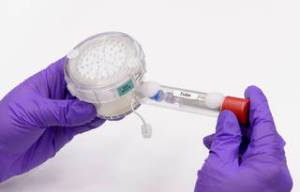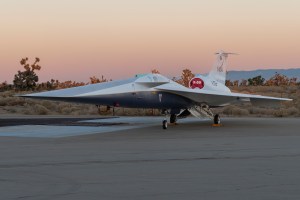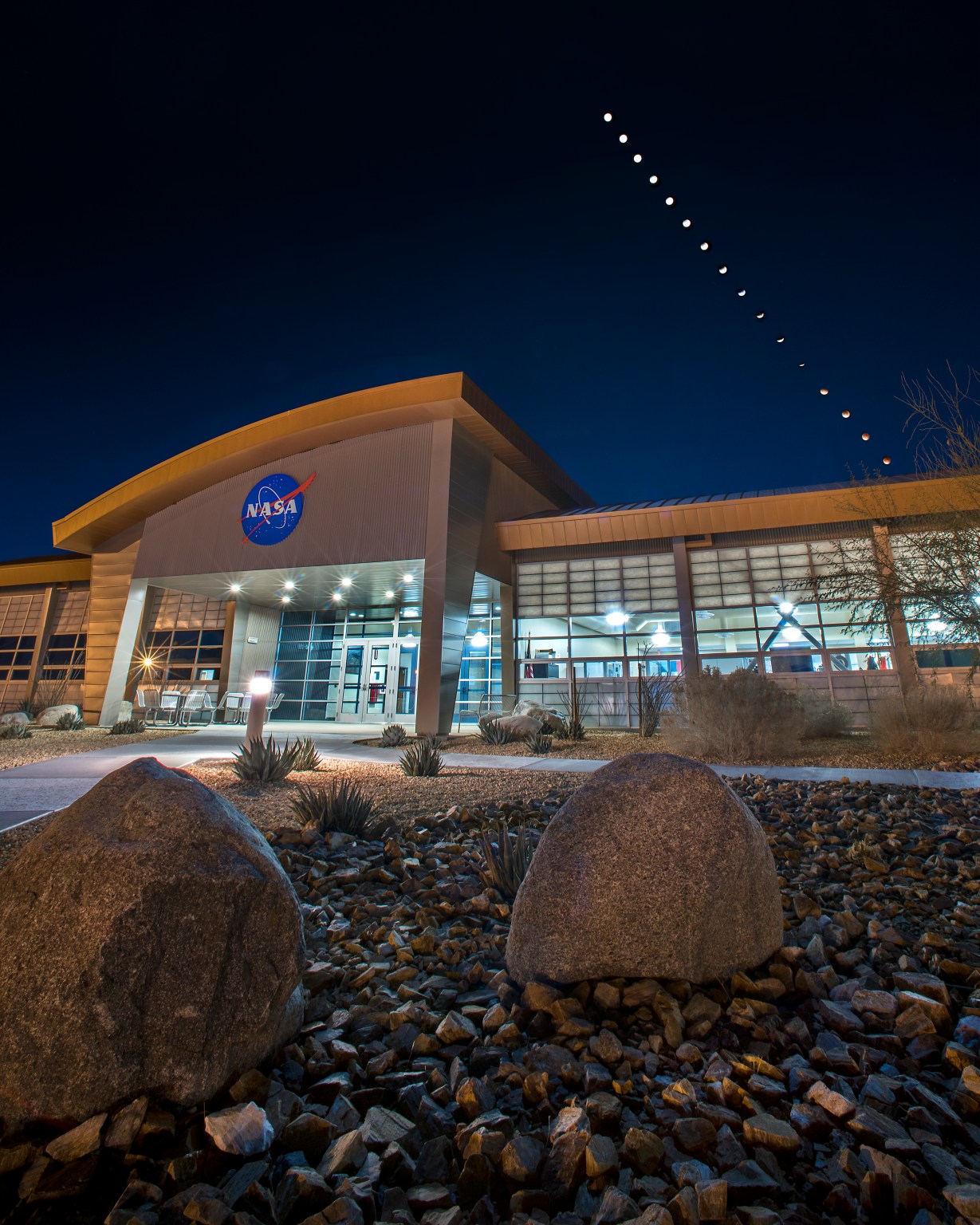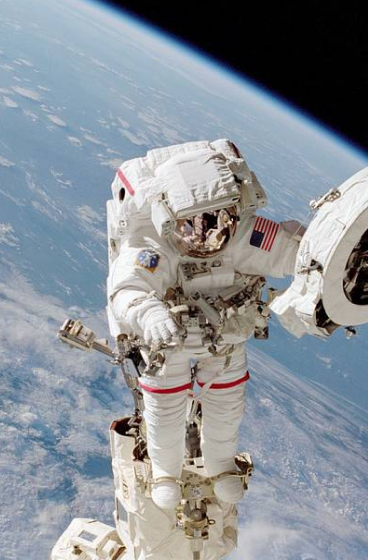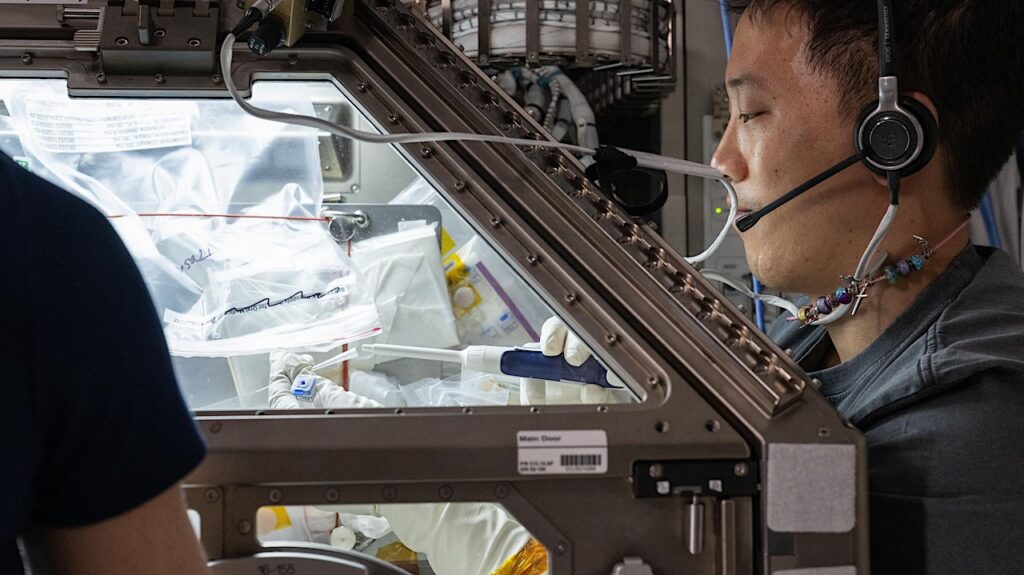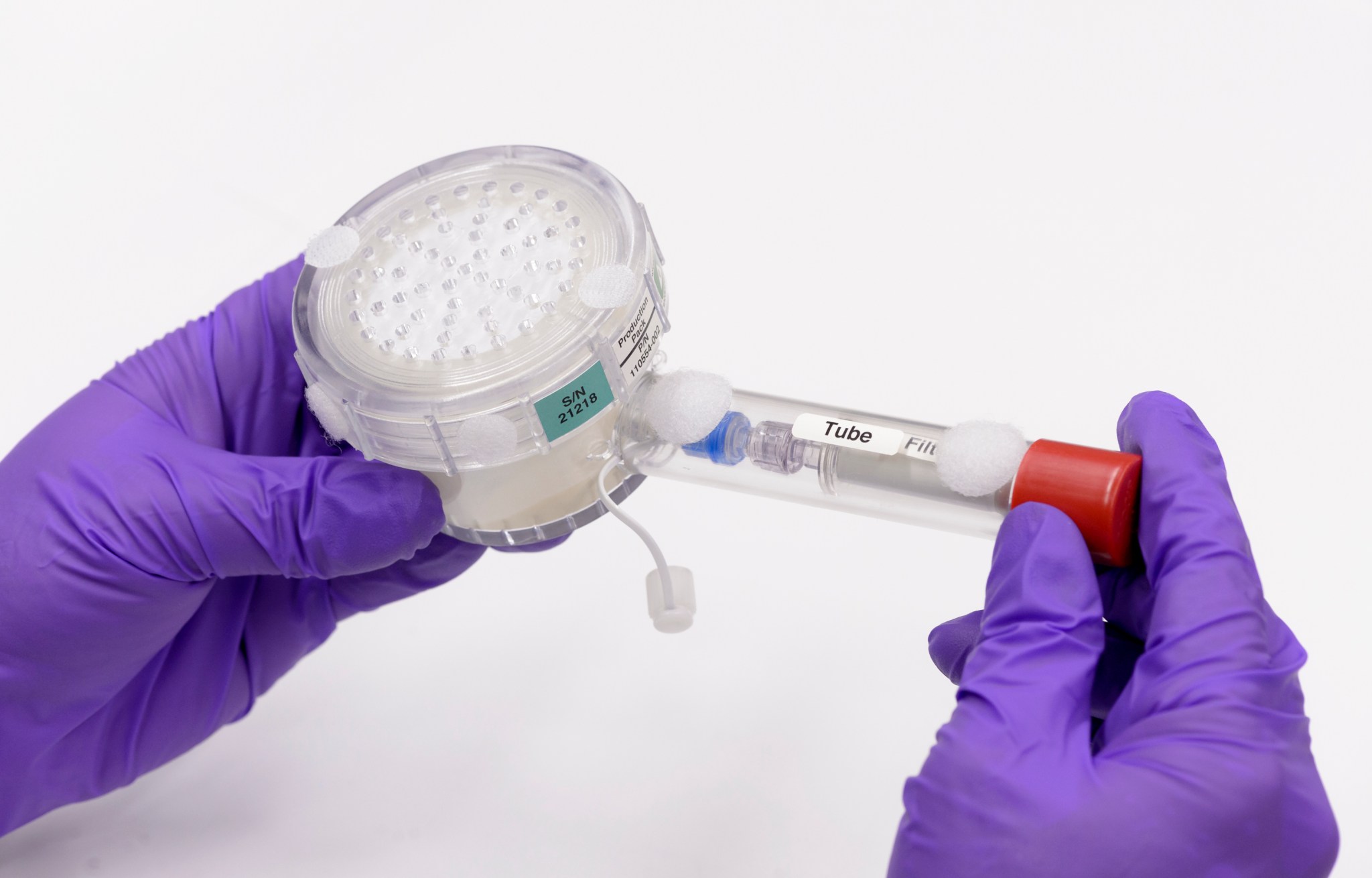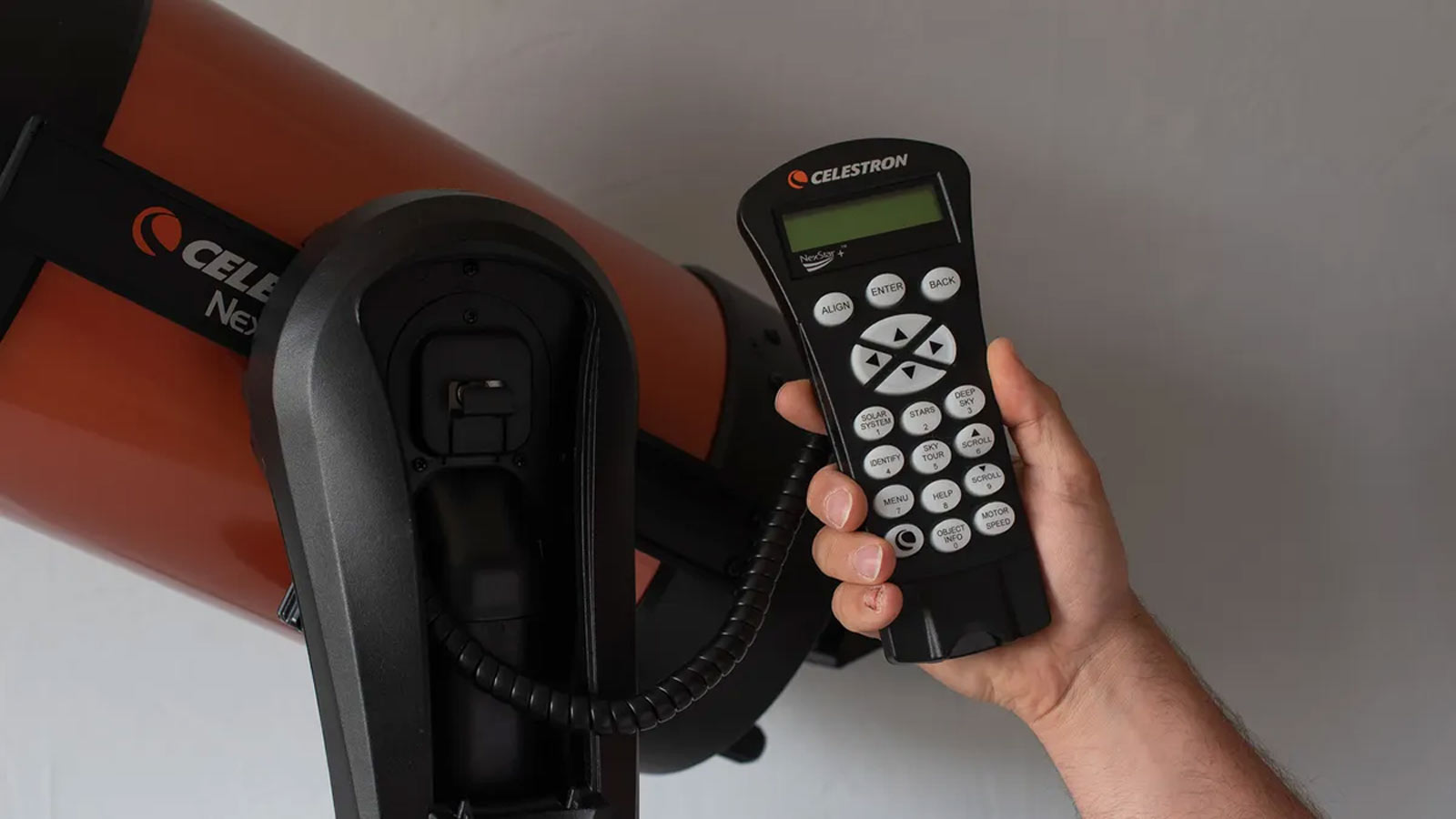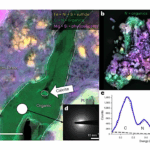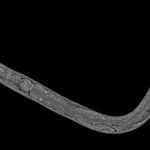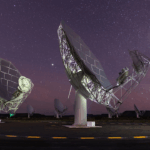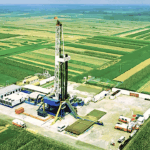Now Reading: NASA’s X-59 Nears First Flight
-
01
NASA’s X-59 Nears First Flight
NASA’s X-59 Nears First Flight
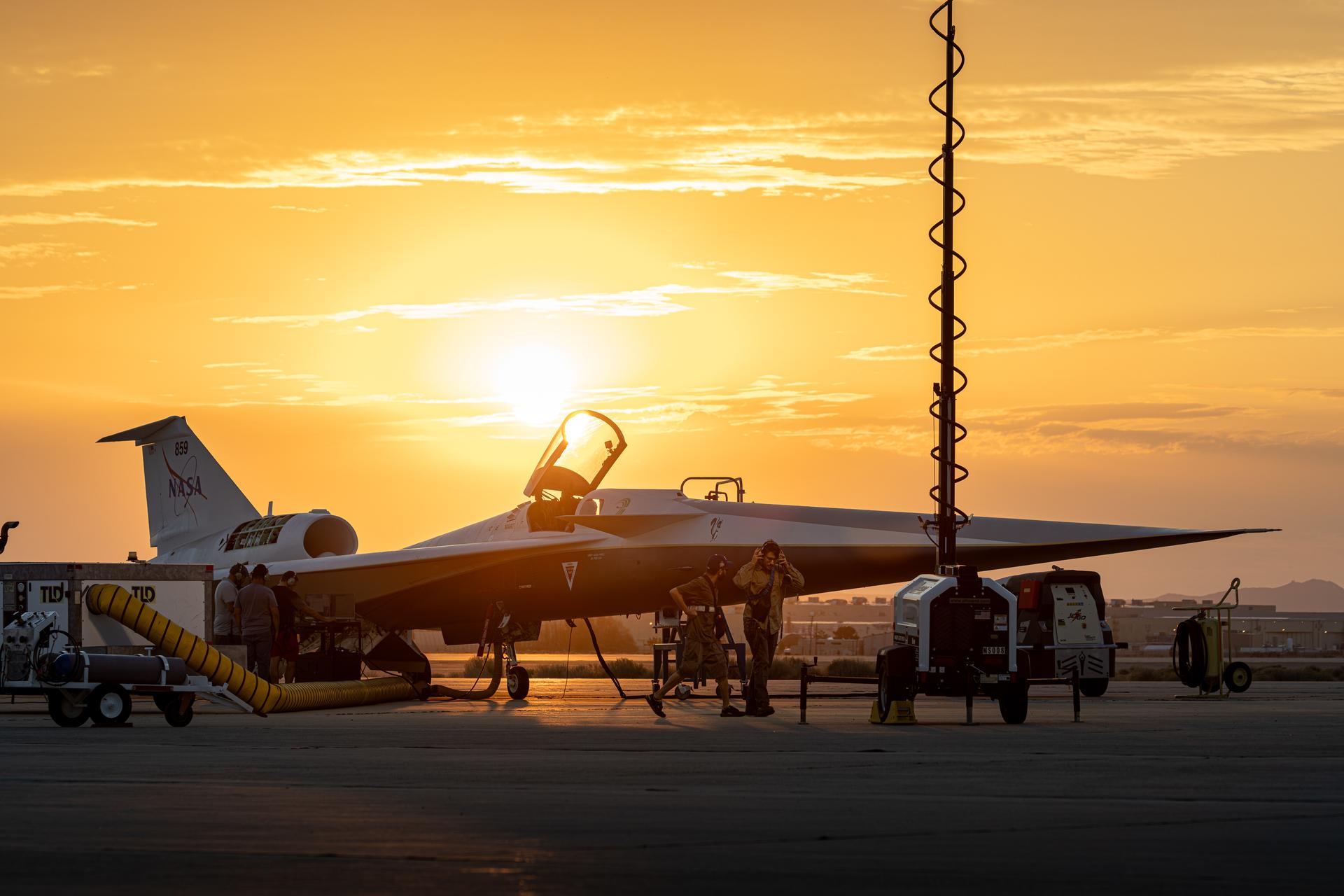
2 min read
Preparations for Next Moonwalk Simulations Underway (and Underwater)
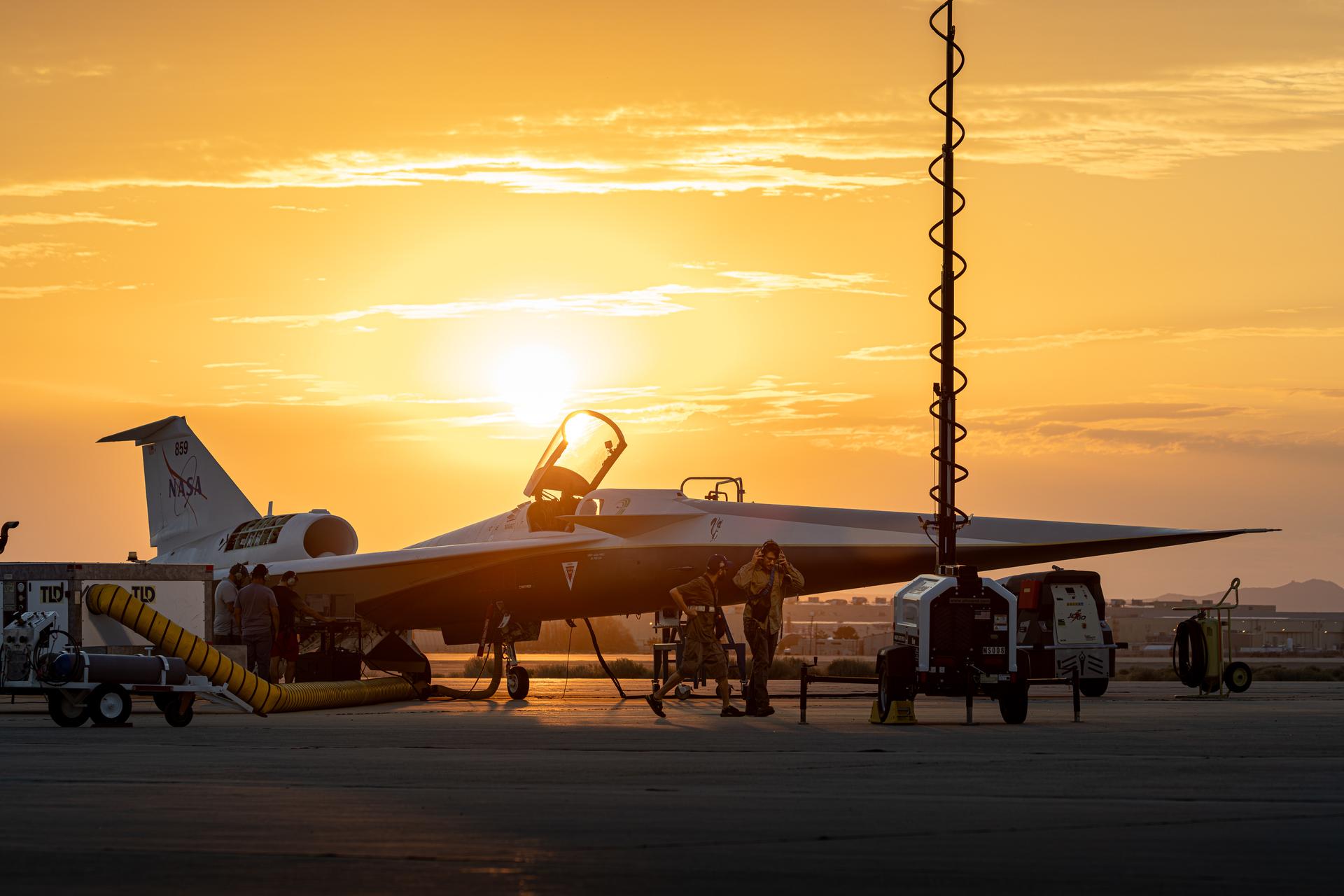
As we honor the legacy of aviation pioneers this National Aviation Day, NASA’s X-59 is preparing to push the boundaries of what’s possible in air travel. The quiet supersonic aircraft’s historic first flight is on the horizon, with final ground tests about to begin.
Following completion of low-speed taxi tests in July 2025 in Palmdale, California, medium- and high-speed taxi tests mark the final steps before the aircraft takes to the skies for the first time. The taxi tests will focus on how the aircraft handles at higher ground speeds, including braking, steering, stability, and sensor performance. The X-59 team will also assess how well the visibility systems work since the cockpit has no forward-facing window.
The X-59’s initial flight will kick off a first phase of flight testing focused on verifying the aircraft’s airworthiness and safety. The X-59 will reach speeds of approximately 240 mph at an altitude of about 12,000 feet. The roughly one-hour flight will depart from Palmdale and land at NASA’s Armstrong Flight Research Center in Edwards, California.
During the flight, the X-59 team will evaluate several critical systems, including engine performance, stabilization, instrumentation, autopilot, control systems, and air data performance. These checks will ensure the aircraft is ready for future flight tests, where it will fly faster and higher to evaluate performance and safety, ultimately leading to future phases of the mission.
The X-59 is the centerpiece of NASA’s Quesst mission, which aims to demonstrate quiet supersonic flight by reducing the loud sonic boom to a quieter “thump.” Proving the X-plane’s airworthiness is the first step on the path to gathering data in support of the mission. The flight data will help inform U.S. and international regulators as they consider new noise standards for supersonic commercial flight over land.
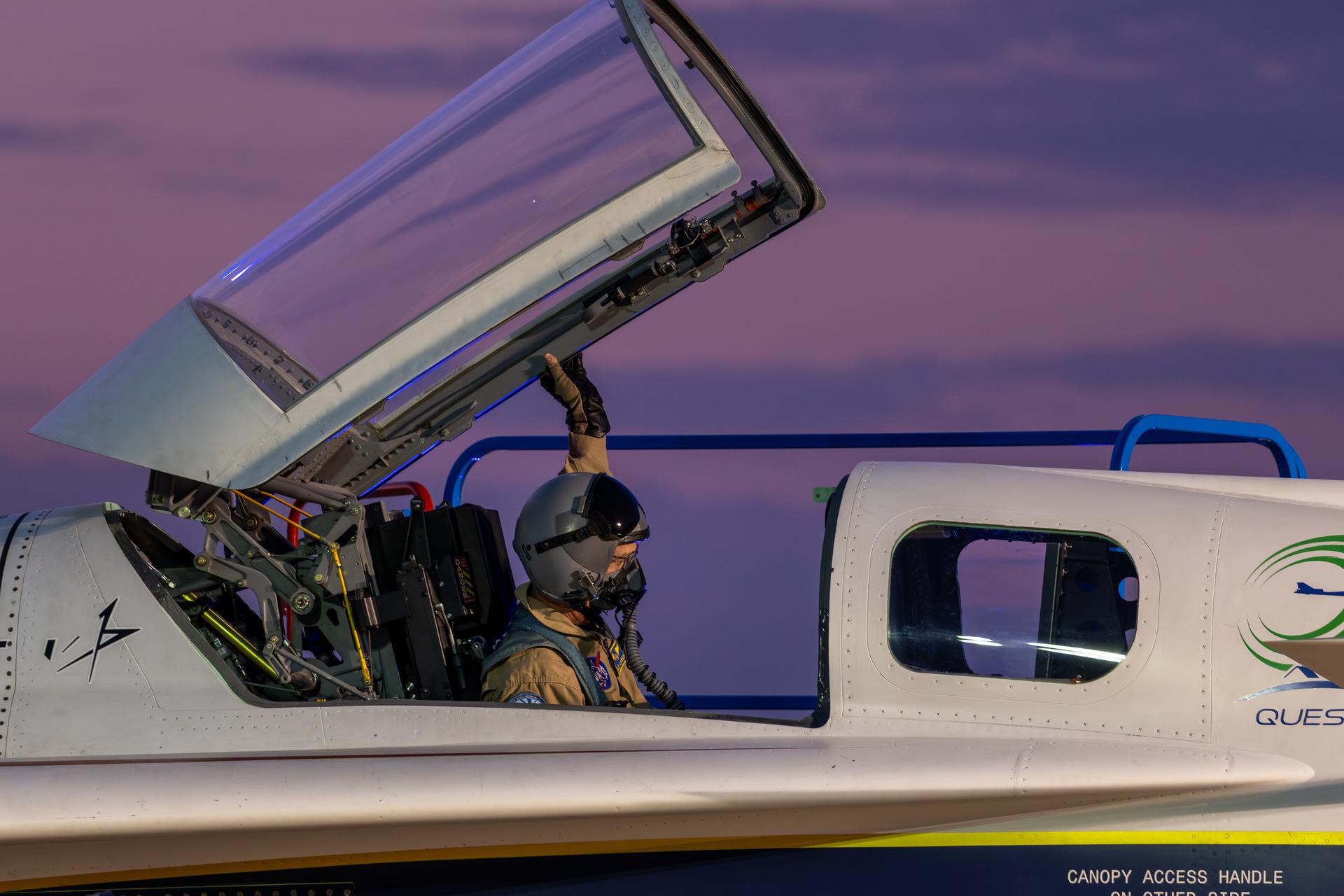
Share
Details
Related Terms
Stay Informed With the Latest & Most Important News
Previous Post
Next Post
-
 01From Polymerization-Enabled Folding and Assembly to Chemical Evolution: Key Processes for Emergence of Functional Polymers in the Origin of Life
01From Polymerization-Enabled Folding and Assembly to Chemical Evolution: Key Processes for Emergence of Functional Polymers in the Origin of Life -
 02Panasonic Leica Summilux DG 15mm f/1.7 ASPH review
02Panasonic Leica Summilux DG 15mm f/1.7 ASPH review -
 03How New NASA, India Earth Satellite NISAR Will See Earth
03How New NASA, India Earth Satellite NISAR Will See Earth -
 04And Thus Begins A New Year For Life On Earth
04And Thus Begins A New Year For Life On Earth -
 05Astronomy Activation Ambassadors: A New Era
05Astronomy Activation Ambassadors: A New Era -
 06Two Black Holes Observed Circling Each Other for the First Time
06Two Black Holes Observed Circling Each Other for the First Time -
07SpaceX launch surge helps set new global launch record in 2024


